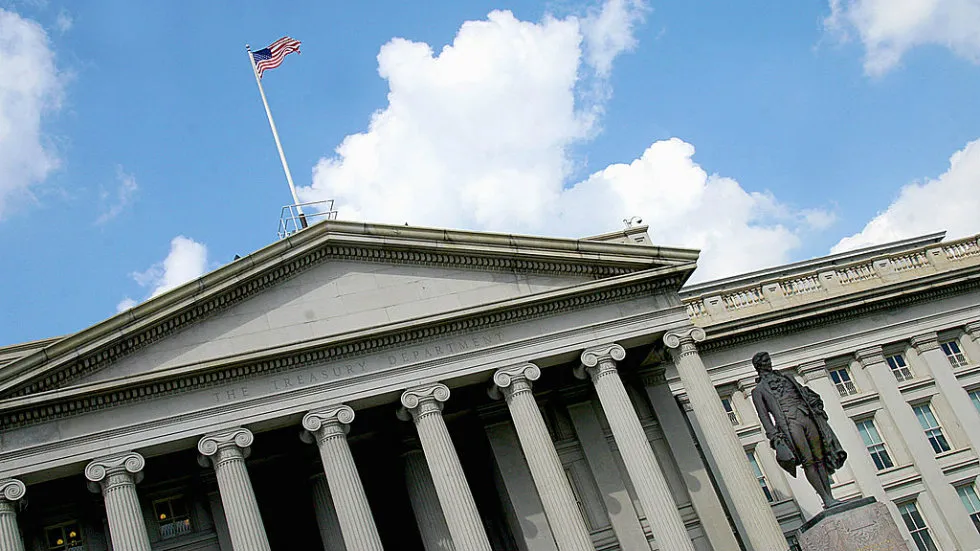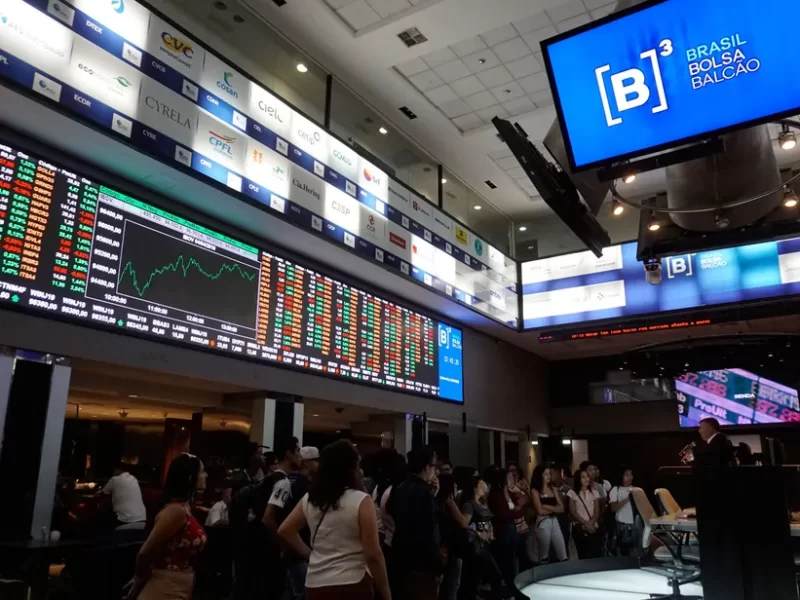The United States government faces a growing challenge as its debt interest costs reach levels not seen since the 1990s. This development has raised concerns about future policy options for the next administration in Washington.
In the fiscal year ending in September, the US Treasury spent $882 billion in net interest payments. This amounts to approximately $2.4 billion per day, representing 3.06% of the country’s gross domestic product (GDP).
Several factors have contributed to this increase in interest costs. Historically high budget deficits have led to a significant increase in outstanding debt in recent years.
These deficits stem from increased Social Security and Medicare spending, as well as extraordinary spending to fight COVID-19.
Additionally, the 2017 tax cuts have limited government revenue. Inflation-driven interest rate hikes have further worsened the situation, raising borrowing costs for the government.


The growing interest burden has now outstripped Defense Department spending on military programs. It also accounts for nearly 18% of federal revenue, almost double the figure from two years ago.
This fiscal trouble looms large over the next administration, regardless of who wins the presidency. With a closely divided Congress expected, even a single deficit-averse lawmaker could potentially derail spending and fiscal plans.
Impacts of rising debt and interest costs
The Federal Reserve’s shift toward lower interest rates provides some relief for the Treasury. However, the sheer size of interest costs continues to add to the overall public debt burden, which now approaches $27.7 trillion.
Economists warn that high interest payments could hamper economic growth by displacing private investment. The nonpartisan Congressional Budget Office estimates that each additional dollar of deficit-financed spending reduces private investment by 33 cents.
While Treasury Secretary Janet Yellen has played down concerns, many economists believe the debt will continue to rise regardless of who wins the next election.
The Committee for a Responsible Federal Budget predicts significant debt increases under the economic plans of both major candidates.
The aging US population is likely to increase the costs of Social Security and Medicare, contributing to very high budget deficits in the coming decades without reforms.
This pressure has already squeezed discretionary spending, which now represents only 30% of total federal spending, down from 70% in the 1960s.
Despite these challenges, investors currently show little concern about US fiscal issues. However, if market sentiment changes, it could be crucial to Washington’s future policy decisions.
As the fiscal landscape evolves, policymakers face difficult choices about balancing economic growth, social programs, and debt sustainability.
In short, the coming years are likely to see intense debates over tax policy, spending priorities, and long-term fiscal health.



